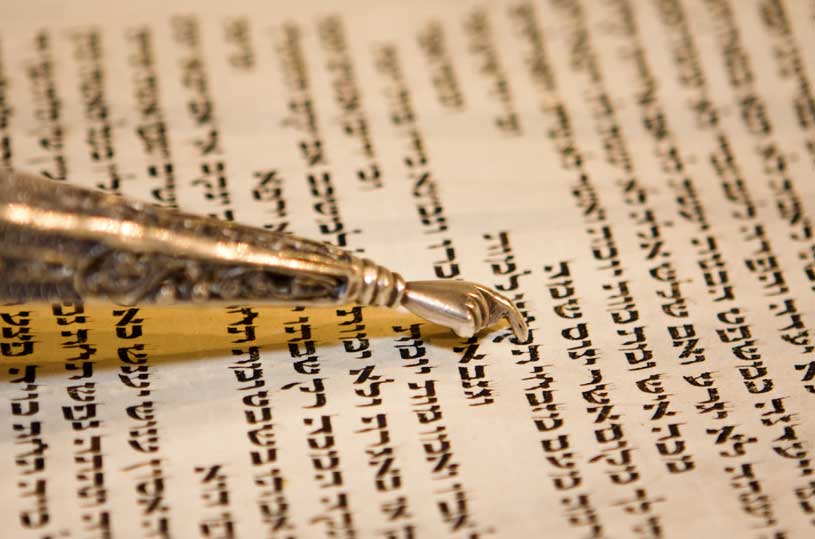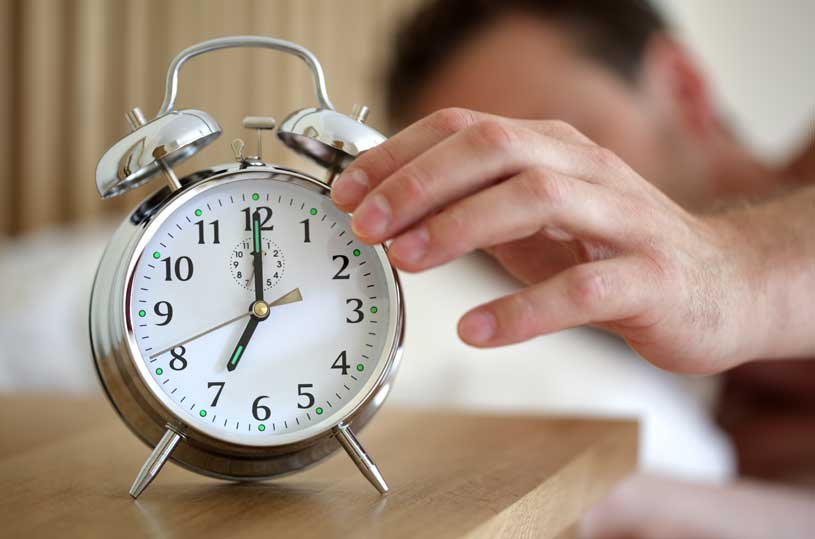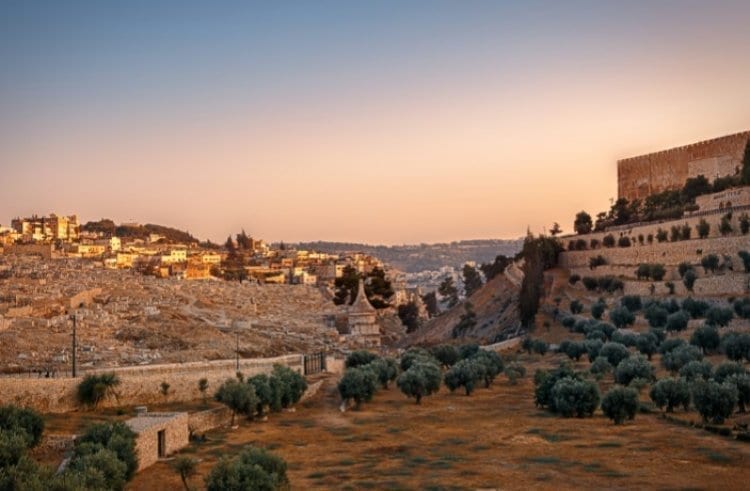The Gemara in Pesachim teaches us a fascinating lesson about Shavuos; the Gemara brings a machlokes (disagreement) between Rebbe Yehoshua and Rebbe Eliezer with regard to how a person should conduct himself on the Yamim Tovim. Rebbe Yehoshua holds that one should devote part of his time to spiritual pursuits, and the rest of his time to physical enjoyment. Rebbe Eliezer argues that it is impossible to be involved in both ruchnius (spirituality) and gashmius (physicality) , rather one must choose to totally focus on one or the other. The implication of Rebbe Eliezer's approach is that one should focus purely on spiritual activities such as learning and praying, to the exclusion of physical pleasures such as eating and drinking. However, the Gemara then points out with regards to Shavuos, even Rebbe Eliezer agrees that one should also involve himself in eating and drinking. The reason given is that this is the day that the Torah was given.
The commentaries find great difficulty with this Gemara, in particular they ask why the fact that the Torah was given on Shavuos means that one should eat and drink more. It would have seemed more appropriate that one should totally devote himself to spiritual pursuits on the holy day that the Torah was given. The emphasis of physical enjoyment on Shavuos indicates that there must be some deeper connection between physicality and Shavuos.
The key to understanding this connection is a Gemara in Shabbos: The Gemara tells us that after the Giving of the Torah, Moshe Rabbeinu went up to Shamayim (heaven) in order to learn the entire Torah from Hashem. However, the Malachim (angels) took exception to the appearance of a mere human being in the higher realms. They argued that man is not deserving of the holy Torah because of his lowly physical nature, rather they should be its recipients. Hashem instructed Moshe Rabbeinu to refute their argument. He did so by pointing out numerous aspects and laws of the Torah that are clearly directed at physical beings; for example, the Torah commands that one should not do melacha (forbidden activity) on Shabbos but they do not do any melacha at any time so how is Shabbos relevant to them?! Hashem and the Malachim themselves accepted this argument.
Rav Chaim Friedlander zt”l, discusses at length the interaction between the Malachim and Moshe Rabbeinu. He points out that the Malachim's desire to receive the Torah instead of man is difficult to understand. They were surely aware of the Torah's contents and realized that they were clearly directed at physical beings so how could they hope to receive it themselves?! He explains that the Torah can be understood on many levels, and that the simple understanding that we relate to is just one of many ways of understanding it. Accordingly, the Torah also applies to Malachim on their level of existence; for example there is a spiritual version of refraining from melacha on Shabbos that relates to them, and so is the case with every word in the Torah. The Malachim argued that it should remain in Shamayim where they could learn it on a far deeper level, untainted by Olam HaZeh (this world).
Moshe Rabbeinu understood that this was the Malachim's argument, nevertheless he argued that the Torah was made to be understood and applied on a physical level. He proved this by mentioning numerous Mitzvos that demonstrated that the Torah was deliberately written in such a way that it could be applied by physical beings. The reason for this is that there is a far greater increase of Kavod Shamayim when a human being overcome his physical nature in order to fulfill Ratson Hashem (Hashem's will) than when a purely spiritual being acts according to his nature. Thus, Moshe proved to the Malachim that they could not properly fulfill the Mitzvos in the Torah in such a way that would bring about the most Kavod Shamayim in the world.
This Gemara teaches us of the central nature of the body with regard to receiving the Torah. The fact that human beings are attached to the physical world was the very reason that we merited to receive the Torah. We can now understand the connection between Shavuos and the focus on one's body. Shavuos is the very day that the spiritual world and physical world combined at Har Sinai. On this unique occasion, the purely spiritual Torah was clothed in physical garb in order that we could elevate ourselves through its observance.
We asked why Rebbe Eliezer agrees that on Shavuos we must also provide enjoyment for our bodies. The Beis HaLevi answers that we must show an extra level of gratitude to our bodies because they were the cause of Moshe's victory over the Malachim. We therefore deliberately involve ourselves in physicality. It is possible to add that Rebbe Eliezer argued that on other Yom Tovim one cannot combine spiritual pursuits with physical involvement. It seems that he held that an excessive focus on gashmius would inevitably harm one's ruchnius. However, he agreed that Shavuos was different – on Shavuos there is a special energy whereby physicality and spirituality need not contradict each other, rather they can work together to bring about a greater revelation of Kavod Shamayim. In this vein, the Maharal notes that Shavuos is the only festival in which we offer a Communal Korban Shelamim. He explains, writing that “on this day there is peace and a strong connection between the upper and lower worlds. “
We have seen how Shavuos involves a unique connection between the body and soul and that everyone agrees that it is appropriate to be involved in physical pursuits on this Holy day. This lesson can also be applied to the rest of the year through our efforts to elevate our physical activities to a spiritual level. Nonetheless, it is no easy task to attain the correct balance between the two and a person is always at risk of overly focusing on gashmius for its own sake. Rav Avigdor Miller zt”l offered a way of avoiding this possible pitfall; he suggested that at least once action we perform in the day should be done with a conscious effort to be leshem Shamayim. He suggests applying this exercise specifically in the area of one's eating. For one time in the day, a person should try to focus on eating so that he will be strong and healthy to perform Avodas Hashem as opposed to satisfying his more base physical desires. Through efforts at self-growth such as this a person will be able to elevate his physical pursuits.
From the book “A Light in Time”




